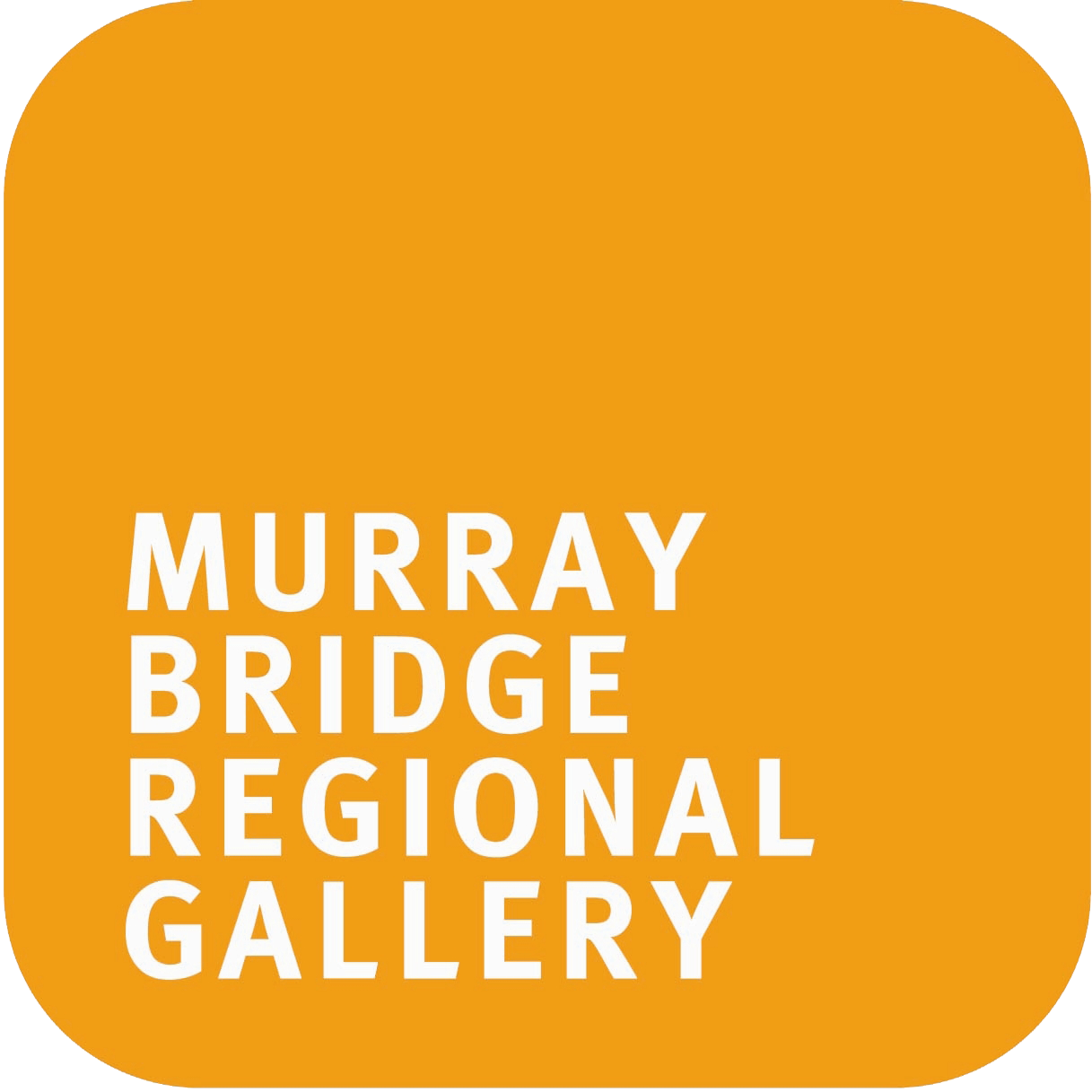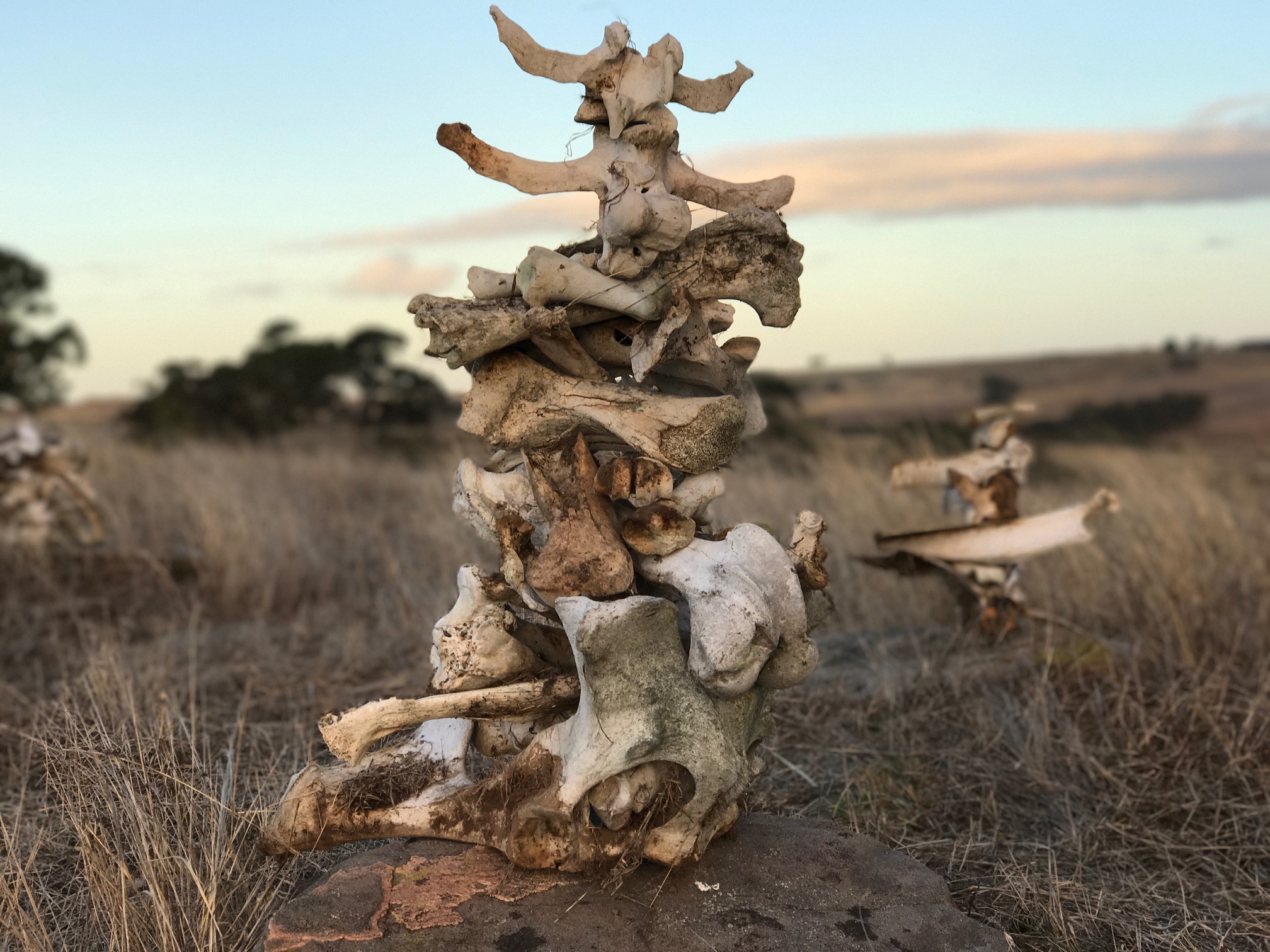As early as 1800, Alexander von Humboldt observed the devastating effects of deforestation on climate and on the physiology of the land. His work influenced Charles Darwin, John Muir and Henry David Thoreau. It also informed the research of South Australian climate scientist, the late Prof Emeritus Peter Schwerdtfeger, who made interesting observations regarding the vegetation either side of the rabbit proof fence, and how remnant bushland (as opposed to the wheat belt that runs right up to the barrier) cools the atmosphere and regularly receives higher rainfall than the agriculturally worked land.
South Australia is down to less than 5% of its original tree cover…and land is still being cleared. This fills me with disquiet.
The exhibition makes reference to deforestation, climate change, the gradual shifting of Goyder’s line and to the changing landscape of the state of South Australia. Works will include installations using bones, wild-harvested mud and the detritus of human habitation and farming as well as pieces for the wall using plant dyed cloth and paper. A sound piece created by the artist will add a further dimension.
India Flint
background
I live primarily on 500 acres of land situated on the eastern shoulders of the Mount Lofty Ranges in what was once the home of the Peramangk people of South Australia. The land was well-treed until the 1940s, when most of the redgums were felled. Two years after, creeks that had provided permanent water stopped flowing in the summer months.
My work, driven by topophilia, conflates the visual and written poetics of place and memory, using ecologically sustainable contact print processes from plants and found objects together with walking, drawing, assemblage, mending, stitch and text as a means of mapping country, recoding and recording responses to landscape - working with cloth, paper, stone, windfall biological material, water, minerals, bones, the discarded artefacts and hard detritus of human habitation, the local weed burden. The work has been described (by Prof Chris Orchard) as using “the earth as the printing plate and time as the press”.








